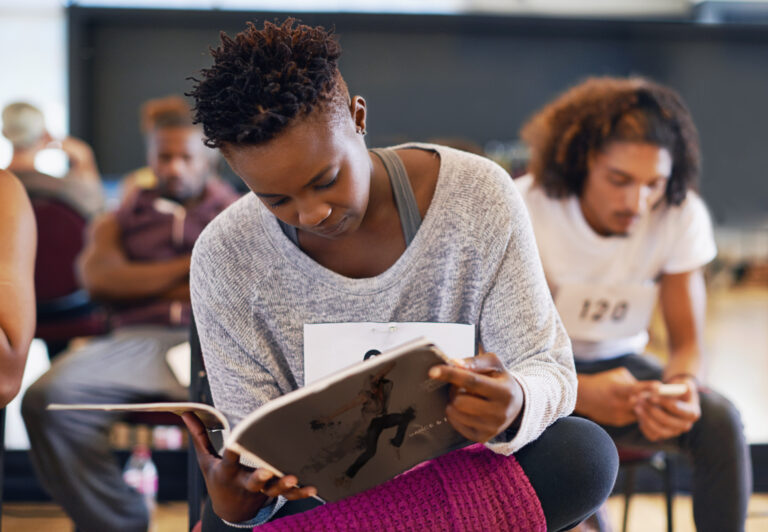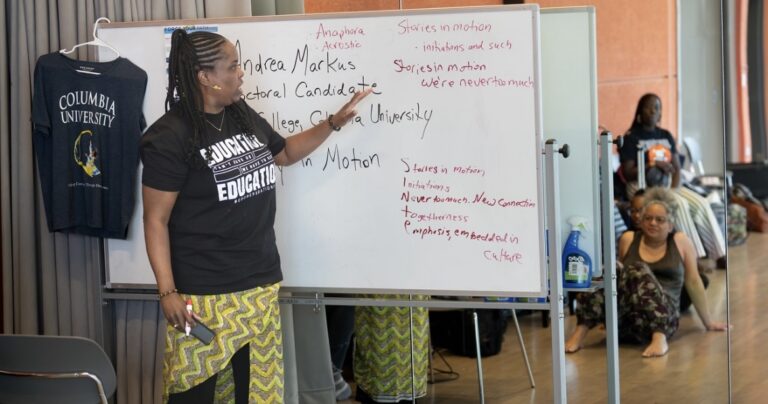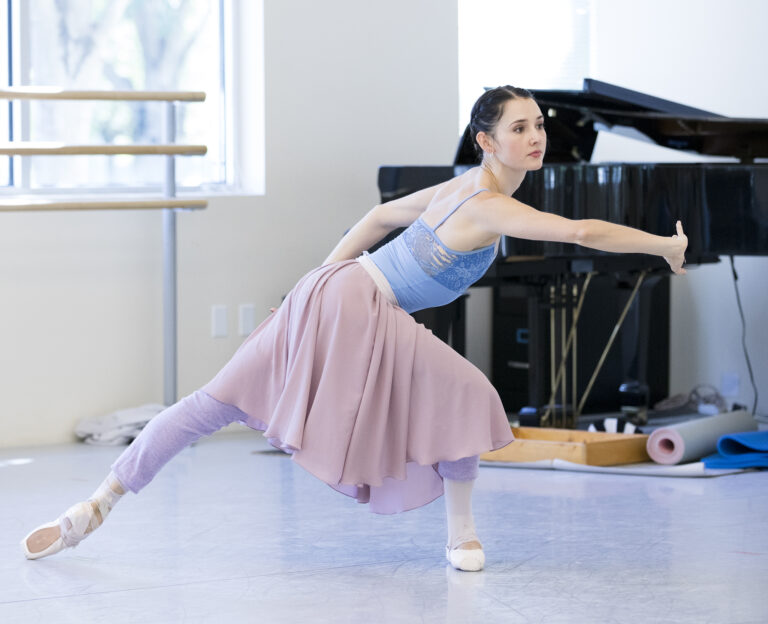Every dance teacher has a similar story about “the one who got away”: the stellar student who had the physique and technique to become a professional dancer, but who chose to quit dance completely. “Devastated” and “secretly in tears” are some of the ways teachers describe their reactions to this kind of loss.
“At around age 14 or 15, most kids are rethinking who they are as people,” says Mike Riera, PhD, author of Staying Connected To Your Teenager. “The reasons for wanting to quit are many: They feel burnt out, they’re under too much pressure or maybe there are other things they want to do.” But rather than standing by helplessly as your protégé walks out the door, there are several ways you can help teenagers assess their situation and determine whether quitting is the best choice.
Scenario One: Family Pressure
Phyllis Balagna, owner of Steppin’ Out—The Studio in Lee’s Summit, Missouri, recently received an e-mail from one her most gifted dancers. In it, the 14-year-old apologized for quitting, but wrote that she intended to follow in her father’s footsteps to become a surgeon.
Parents who are very proud of their child’s dance achievements at the age of 10 may start steering them away from a career in dance, even subconsciously, as the child gets older. “We’ve noticed in our area that many of our students’ parents are doctors or lawyers, and they don’t want their kids to have the difficult life of the artist,” says Kathy Blake of Kathy Blake Dance Studios in Amherst, New Hampshire.
In order to teach both parents and top students about the real world of dance, Blake encourages parents to take their kids to professional auditions, and she also brings groups of students to Los Angeles every other year to talk to professional dancers and hear firsthand stories about the business. When parents and students have an understanding of the world of dance outside the studio, including the availability of dance scholarships, they are more likely to consider it a viable option.
Scenario Two: Type A’s
Often, star pupils are overachievers in other areas of their lives, including athletics and academics, and are eventually forced to choose between dance and another activity. A few years ago, Sue Sampson-Dalena, owner of The Dance Studio of Fresno, California, noticed that one of her top students was drifting off. “You could just tell, Jason’s soul wasn’t in it,” she says. He then announced that he wanted to devote his time to soccer.
Reluctantly, Sampson-Dalena let him go. But for Jason, taking a breather from dance ultimately strengthened his commitment to it—which is often the case for overbooked students. Eight months later, Jason started taking dance classes sporadically and eventually asked to get back on the dance team. “When Jason returned, he was a fabulous leader, he’d built up more upper-body strength and was even more talented,” Sampson-Dalena recalls. Jason Glover went on to become a professional dancer and a top-10 finalist on the hit show “So You Think You Can Dance.”
Of course, you can’t always assume your type-A student will come back after a break. Sometimes it helps to sit down with both student and parent and discuss the situation. A student of Balagna’s who’d been dancing since the age of 3 considered quitting her senior year in order to focus on AP classes, college applications and her cello. Balagna met with the student and her mother and asked the girl what she thought she could handle. Together they figured out a workable dance schedule. “It was a win-win situation for both of us: I am going to get to see her graduate through my studio, and she was able to do what she loves while preparing for the next step in her life,” says Balagna.
You might also try offering your student a job as a teaching assistant or asking her to mentor a young dancer. By expanding her role in the studio, she may deepen her commitment to dance.
Scenario Three: Burnout
After winning trophies and dancing leading roles at a young age, star students may feel that there’s nothing more to strive for once they hit their teens. And it’s also tempting for teachers to overschedule their talented dancers with competitions, classes and recitals. “Quite often, because we want them to be the best, we overwhelm them and they don’t have a life outside of dance,” says Joanne Chapman of the Joanne Chapman School of Dance in Ontario, Canada. “We have to be really careful that we don’t exhaust them physically and mentally.”
If a student feels burnt out, you can suggest that she cut down the number of classes she’s taking each week for a few months. That allows her a chance to rest without leaving the studio behind, and it gives the student time to reevaluate her future in dance. Balagna also has her dancers try different classes with different teachers at the studio in order to keep things fresh. “You have to encourage them to find the right path for themselves,” she says.
If you do find that one of your dancers just can’t take it anymore, don’t forget one of your greatest resources: your former students. When a talented teenager in Sampson-Dalena’s studio felt burnt out and started talking about giving up dance, her former student Jason had a heart-to-heart with her. His words of wisdom convinced the young girl to stay the course and keep on dancing.
A Final Note
Keep in mind that these tips apply not only to your best pupils, but to all your students. Sometimes a dancer will come to you because she feels she’s not good enough and sees no point in continuing. Taking the time to find the right approach for her may help rekindle her love of dance. In the end, there may be nothing you can do but let your students go. With these strategies, you can feel satisfied that you did your best for them and for your business. DT
Fiona Kirk is a freelance journalist based in New York City.
Photo: ©iStockphoto.com/George Peters



